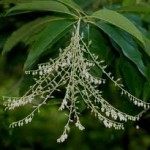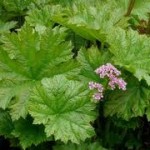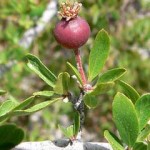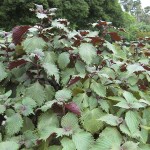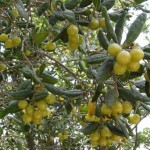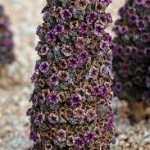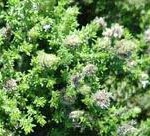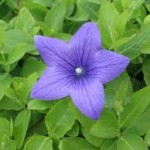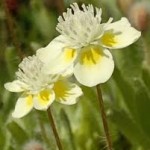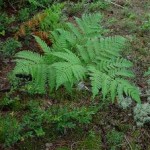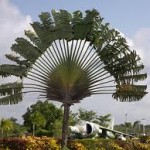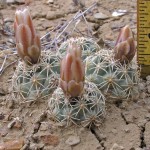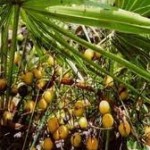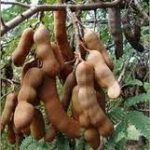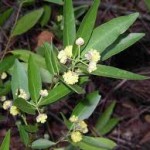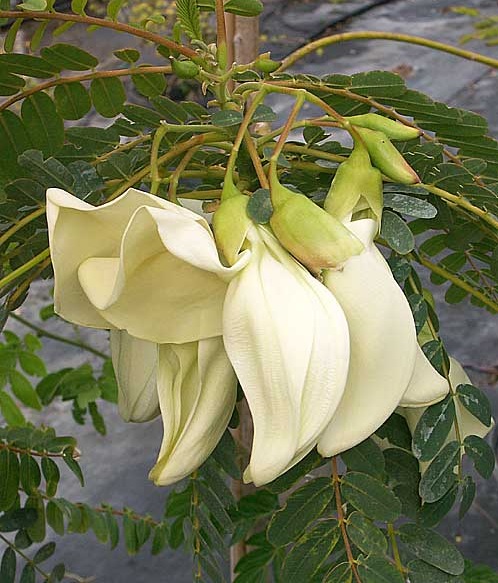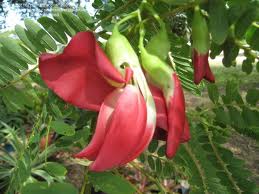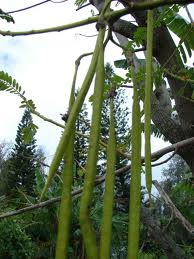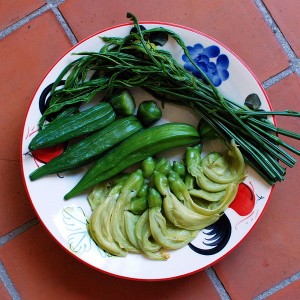If there is one thing about the Internet that squeezes the sap out of me it is how mistakes proliferate rather than get corrected. I have ranted about that several times in many articles so there’s no need to vent that botanical spleen again except to say the Ficus pumila has been added to the got-it-wrong list.
Nearly every site in English will tell you the fruit of the Climbing Fig, Ficus pumila, is not edible (aka Ficus repens, Creeping Fig.) A couple of sites even scream it is toxic (and warn you about spines it does not have.) I will agree the Climbing Fig is not high on the edibility list and barely squeaks in. But, with proper preparation it can produce an edible product that is very popular in Asian countries. It is not toxic. It does not have spines.
I first saw Creeping Fig in Tampa a few years ago at an outdoor restaurant in Ybor City, that town’s Latin Quarter. It was successfully climbing several brick walls which is that fig’s particular claim to fame. It climbs. It will also ruin any wooden structure it climbs on so a lot of folks also don’t like it because of that. However, give it the right environment and materials and you will soon have a living wall that does produce a food. What is that food?
There are two species of the fig and while processed in a slightly different manner, the end goal is the same. The fruit is picked ripe, put in a porous bag, then squeezed. The resulting juice is cooked then cooled into a gelatinous jelly. It is mixed with water, or syrup and flavorings — usually lemon — to make a refreshing drink. Or it is served as a cooled gel, like “jello.” Many Asian markets sell the canned jelly under the name “Grass Jelly” or “Ai-yu Jelly.” A second species, really a variety, Ficus pumila var. awkeotsang is slightly different. Called the Chinese Jello Vine or Ai-yu-tzu, its fruit is sometimes eaten out of hand. Or, turned inside out when not quite ripe, dried, then the seeds are mixed with water to again get a gel used the same way as its relative.
Who discovered the fruit makes a jelly is unknown but there is a traditional story. In the 1800’s a businessman stopped at a river to get a drink and noticed a yellow gel in the water which he tired and liked. He noticed figs nearby dripping liquid into the river. He then delegated his daughter, Aiyu, to figure out how it was made and sell it. After she was successful he named the jelly and the plant after her. Nice guy. Almost a cute story. Would you taste a yellow gel you found floating in a river today? Or then?
Ficus (FEE-kus) is Dead Latin for fig. Pumila (POO-mil-ah) is Dead Latin dwarf. Repens (REE-penz) is also Dead Latin for creeping, or recent, but with plants it usually means creeping. Awkeotsang is anglicized Chinese for the vine. The Jelly is called “Aiyu.”. There is at least on cultivar, called Minima, which has small leaves. Species is sometimes wrongly called Ficus scandens.
Green Deane’s “Itemized” Plant Profile: Climbing Fig
IDENTIFICATION: Ficus pumila: Vigorous, self-clinging, evergreen vine. Holds to any surface with aerial rootlets. Ovate leaves are heart-shaped, juvenile foliage, half-inch long, much lager in age, two three inches long, sticks out from vine. One variety has an oak leaf shape. A common landscape vine in tropical, subtropical areas, to feet or more. Very pronounced venation on underside of leaf. Two distinct leaf types: juvenile foliage is very small and tend to hug wall, or trellis that it is growing on. Hairy pear-shaped fruits to 2.5 inches long may appear on outdoor plants throughout the year. Potted plants rarely fruit. Fruit purple when ripe. It can cover a fence to the point it looks like a shrub or a hedge completely hiding the fence.
TIME OF YEAR: All year long but locally they favor the fall but can be found in late spring.
ENVIRONMENT: Likes full sun and something to climb on. Do not over water. Where I’ve seen it growing it only gets rain water.
METHOD OF PREPARATION: With Ficus pumila the fruits are squeezed in a porous bag and the liquid cooked. With Ficus pumila var. awkeotsangthe nearly ripe fruit is tuned inside out and allowed to dry for a few days. The seeds are put in porous bag which is put in water and rubbed. The seeds release a gel which takes a few minutes. The gel is allowed to set in a cool location. There cannot be any grease in the jelling pan or sugar. Distilled water cannot be used and the seeds should not be rubbed so hard they break. The jelly usually served with honey and lemon juice but can also be used to flavor shaved ice. The gel will not dissolve in hot water, thus it is sometimes added to various dishes.
HERB BLURB
What this abstract means, I think, is that adding the jelly to a fermenting must reduced the alcohol production.
Crude pectinesterase (PE) inhibitor (PEI) extracted from jelly-fig achenes (JFA) (Ficus awakeosang Makino) was added to carambola (Averrhoa carambola L.) puree to determine the change in methanol production during fermentation. Addition of pectin or microbial pectic enzyme to puree increased dose-dependently the methanol content in fermented products. Decreasing ratio (from 1:0 to 1:19, v:v) of pectic enzyme to diluted crude PEI solution in the puree−enzyme mixture decreased the PE activity remarkably. Except for transmittance (%T), addition of crude PEI to puree did not affect apparently the physical and chemical properties of wine; however, it reduced methanol content in the control from 256 to 58 ppm. The degree of esterification (DE) of pectin in starting puree was  70%. It decreased to
70%. It decreased to  27% in the control group and reduced slightly to
27% in the control group and reduced slightly to  67% in fermented puree with crude PEI added after 14 days of fermentation. This reveals that crude PEI solution was potent in inhibiting intrinsic carambola PE activity and appeared to be a potential alternative for methanol reduction in wines
67% in fermented puree with crude PEI added after 14 days of fermentation. This reveals that crude PEI solution was potent in inhibiting intrinsic carambola PE activity and appeared to be a potential alternative for methanol reduction in wines

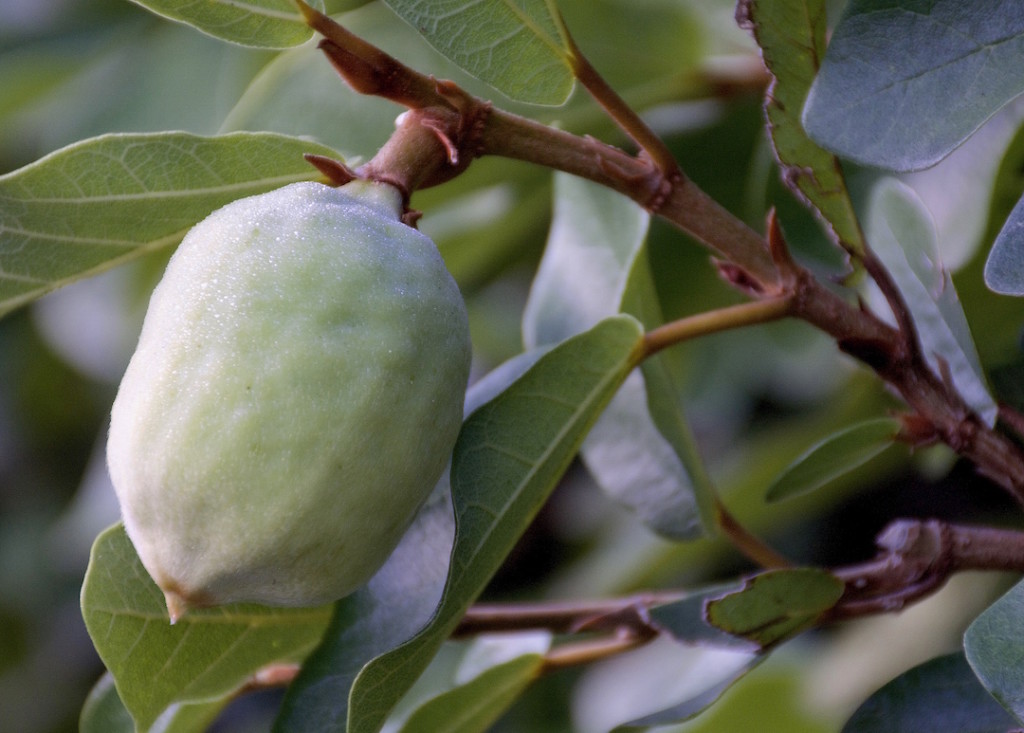
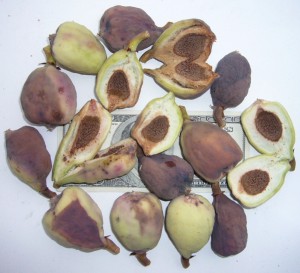
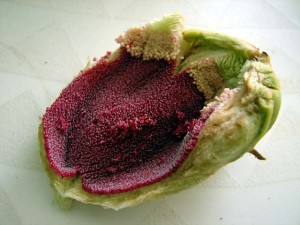
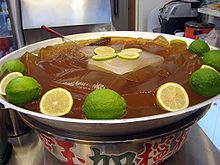
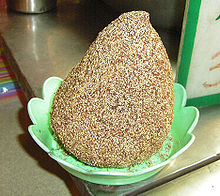
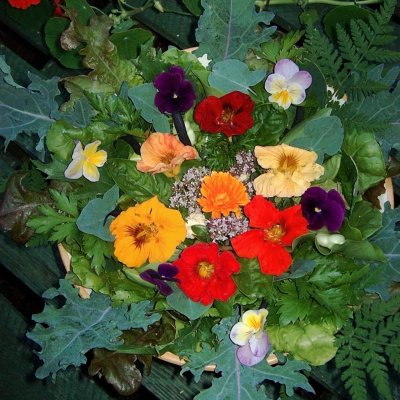
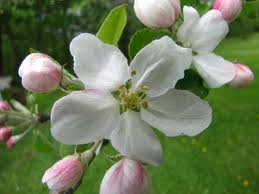
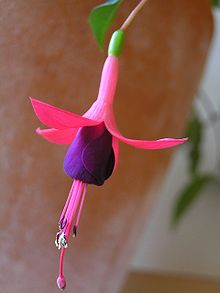
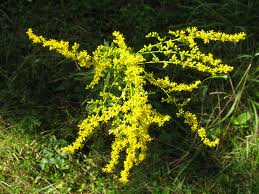
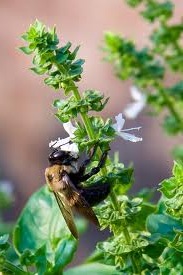
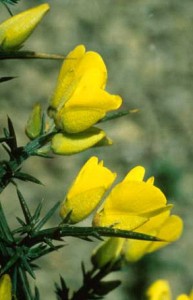
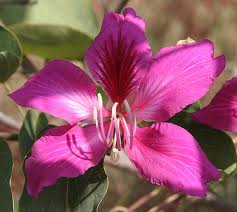
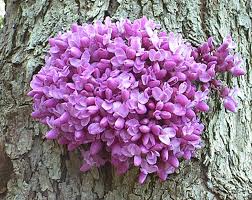
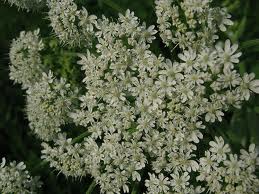

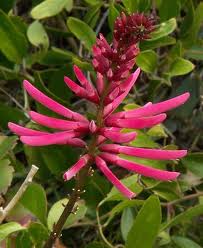
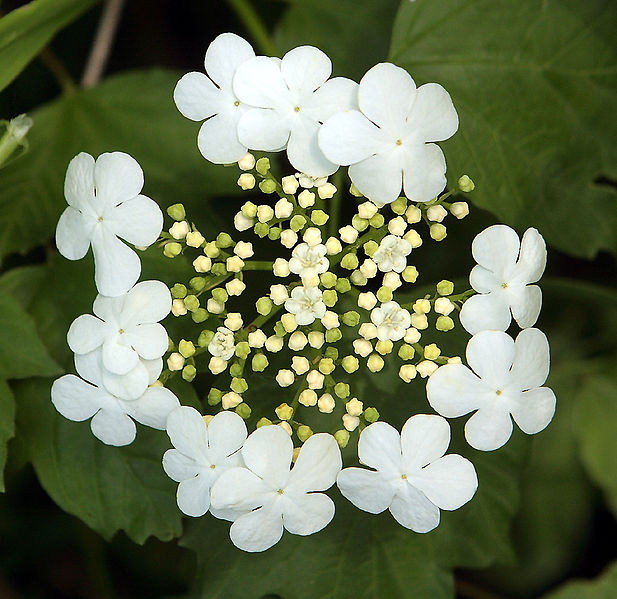
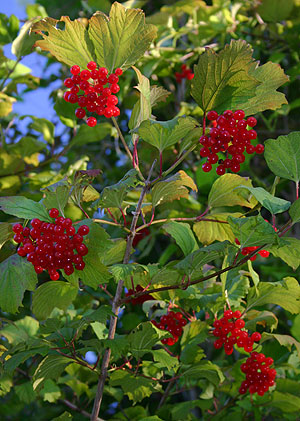
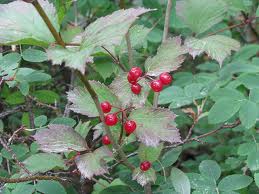
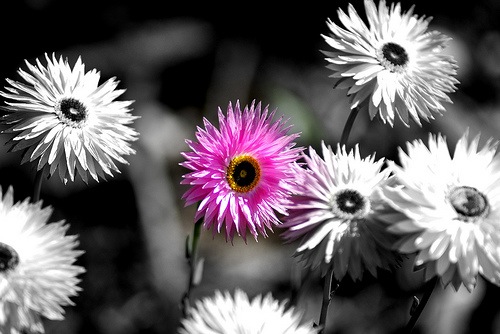
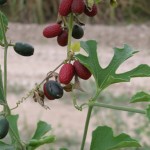
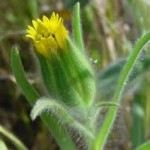
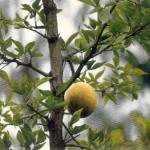
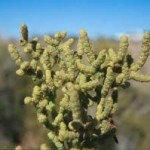
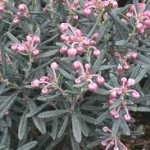
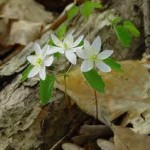
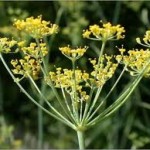
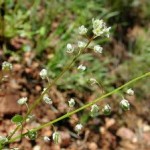
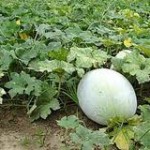
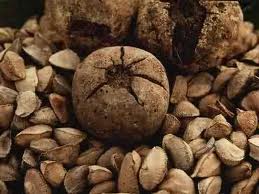
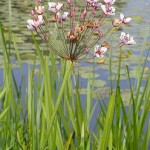
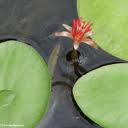
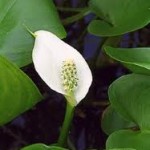
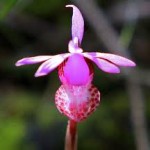
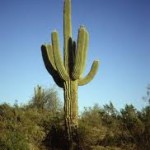
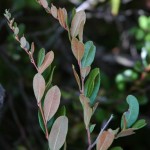
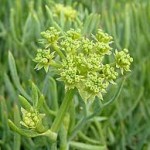
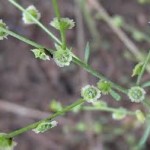
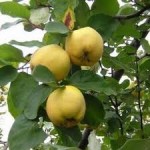
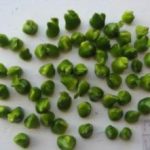
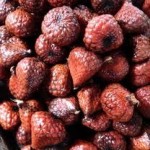
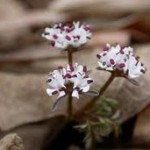
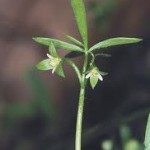
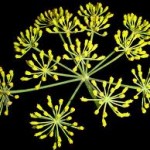
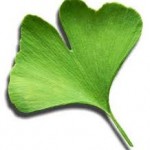
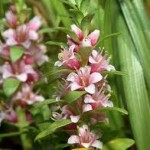
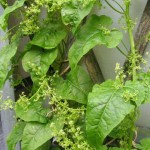
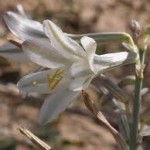
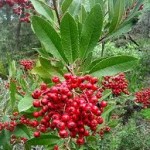
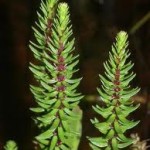
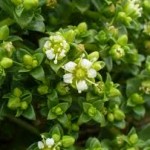
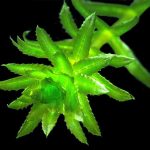
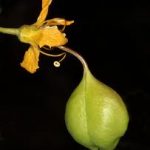
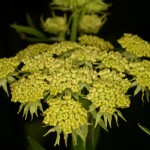
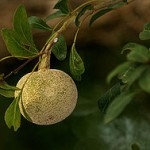
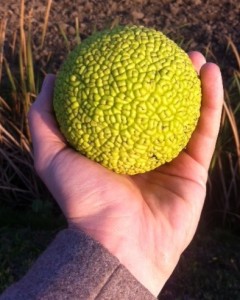
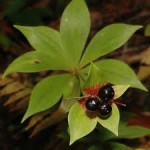
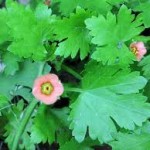
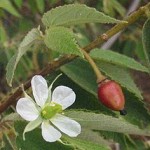
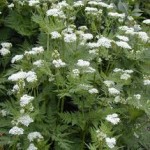
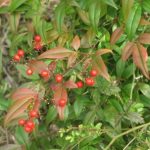
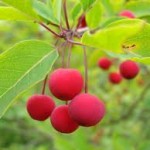
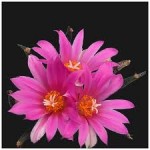
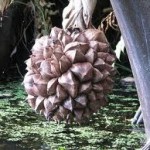
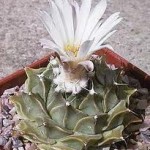
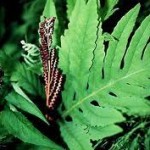
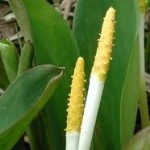
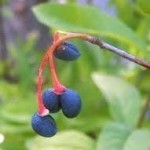 .
.